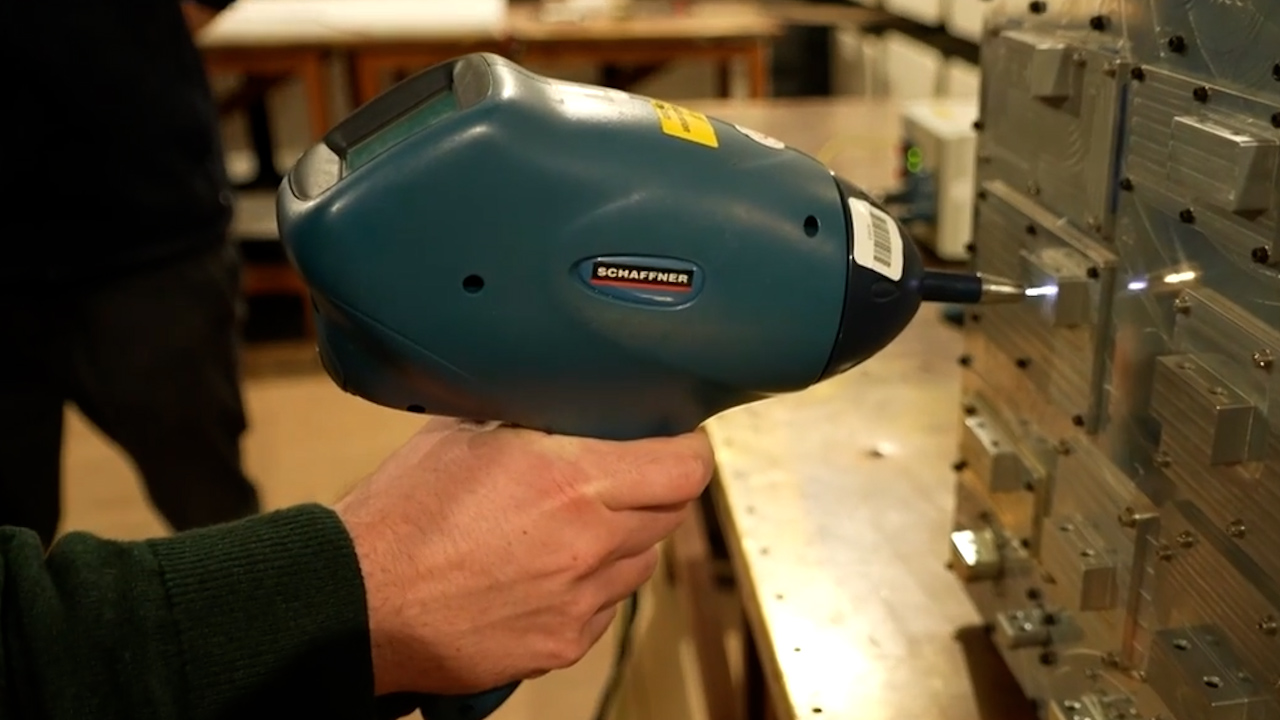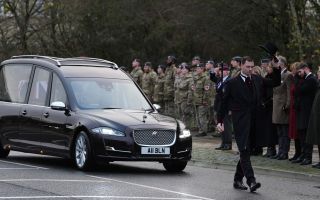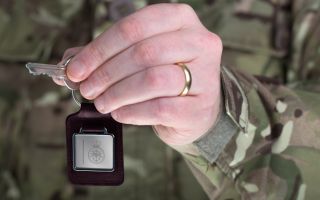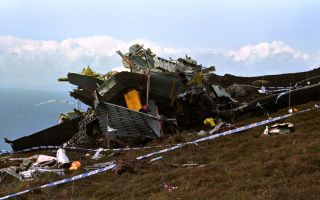Take a tour of test facility making sure military kit is fit for our forces
The last thing military personnel should have to worry about is whether the equipment they use will protect them, keep them safe and be robust enough to do the job.
That's why BAE Systems, which supplies the British military with everything from combat aircraft and battle tanks to bullets and helmets, puts all equipment through rigourous testing procedures.
Forces News' Tom Sables was given a tour of the company's Faraday Test Centre in Kent where military kit faces strict and complex testing before it is given the all-clear to be used in the field.
The centre is equipped with environmental test labs that assess how kit would perform under adverse weather conditions.
The labs can test the performance of equipment under torrential rain, as well as whether it would hold up in scorching temperatures of 140°C and freezing conditions as low as -60°C.
The Rochester centre also has two vibration test labs that can assess how well a helmet or other piece of equipment would perform on a battlefield.
Not only must the helmet be able to safeguard its wearer from any potential blasts, but it should also be able to withstand the vibrations emitted while firing guns on an aircraft.

According to facility manager Paul Davison, the labs can simulate temperature, altitude, acceleration and humidity simultaneously to create the environment of an aircraft taking off and reaching altitude, all while staying safely on the ground in Kent.
The testing allows them to "simulate the profile of an aircraft taking off, getting to altitude, going through the clouds, maybe some moisture, the temperature gets colder, the pressures change", all at the same time, says Mr Davison.
By rapidly flipping between altitudes and pressures, the labs can also mimic the conditions of an explosive disaster.
The facility also comes equipped with a 'shock tower' system that lifts and throws, designed to test how much the hook of a helicopter can withstand while carrying cargo.
Finally, the lab can even simulate the electromagnetic charge that naturally builds up in humans before they touch things.
And while the facility's primary role is to test military equipment, it is also not averse to more civilian tasks such as occasionally putting a coffee maker or a microwave to the test!







